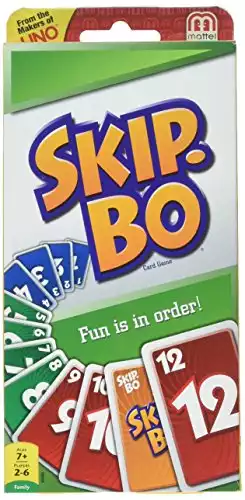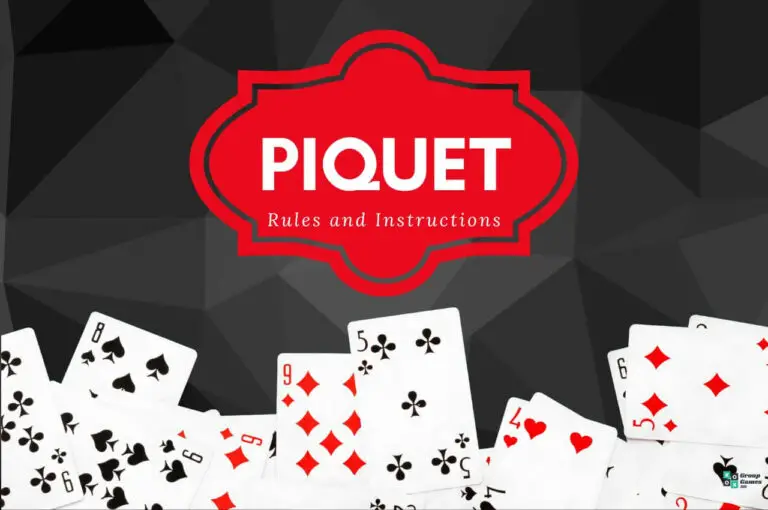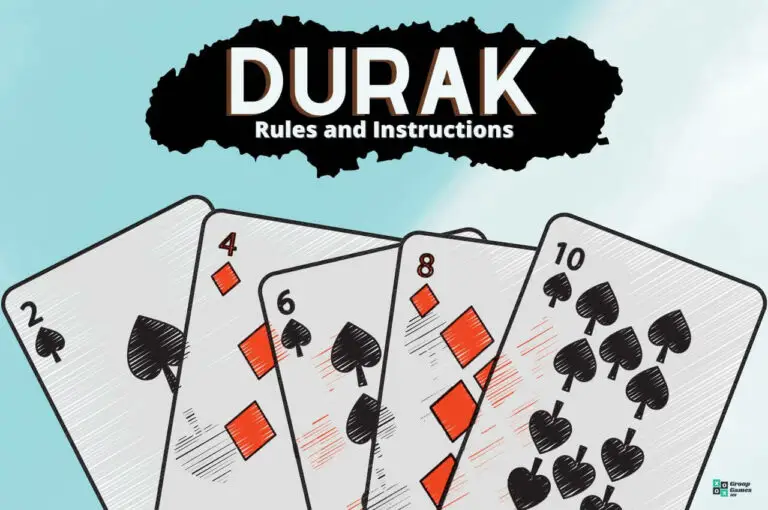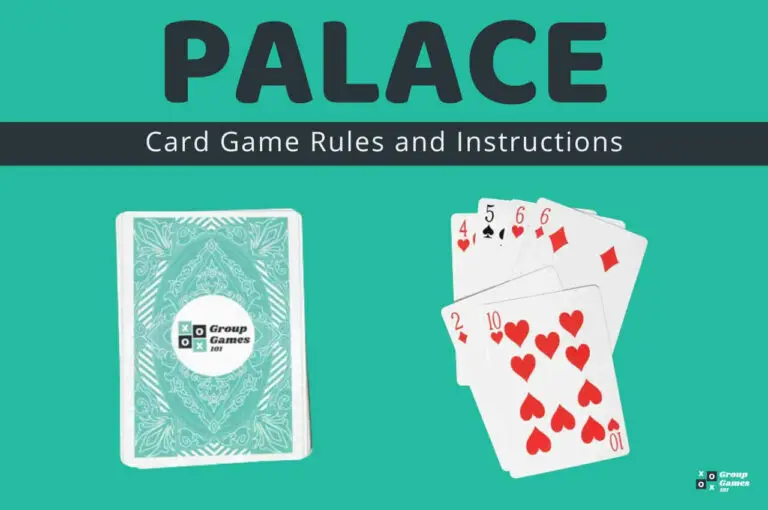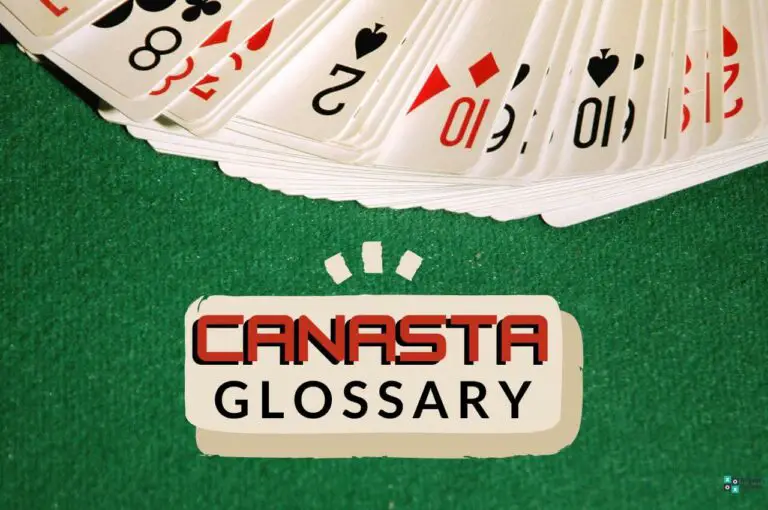Are you looking for a universal card game for a whole family? If you’re up to a good challenge without overly complicated rules, Skip-Bo may be your new favorite. These Skip-Bo rules will guide you through the gameplay from the first turn to scoring.
When I hear about Skip-Bo, I immediately think of UNO (check our classic UNO rules guide if you don’t know it yet). The two games have a lot in common: They are both extremely popular, consist of colorful sets of numbered cards, and even some of their rules are very similar.
Nevertheless, the truth is that Skip-Bo is much closer to Spite and Malice – a competitive version of Solitaire challenging players to compete in creating card sequences and getting rid of their stock (we have covered Spite and Malice rules too).
Skip-Bo is not a traditional old-times game – it was invented in the 1960s and instantly commercialized. Nevertheless, I believe it genuinely deserves its popularity and has the potential to become a new classic in the following decades or centuries.
The game is fast and exciting – there are no tedious or predictable turns, and you always have many different options to try and alternate the course of the game. I particularly enjoy this game in a mixed company of kids and adults at family gatherings or picnics.
This Skip-Bo rules guide will cover the following:
- What is Skip-Bo?
- What you’ll need to play Skip-Bo
- Skip-Bo rules
- How to play Skip-Bo (video tutorial)
- FAQs
- Other similar games to Skip-Bo (our guides)
If you want to know how to play Skip-Bo, continue reading the following instructions.
What is Skip-Bo?

Skip-Bo is, in many regards, a classic card game transferring the principles of solitaire-like card sequencing into a competitive multiplayer fun for all ages.
Unlike Solitaire, though, this game uses a unique deck of cards: It includes much more cards than a standard deck of 52, but at the same time, it limits their numeric range to 12 plus a few wild cards.
Skip-Bo is suitable for all age groups and can be played by up to 6 individuals.
Number of Players: 2 – 6
Ages: 8+
Difficulty: Easy
Length of Play: 15 – 60 minutes (depending on the mode you choose)
Category: Sequencing card game
Similar to: UNO, Double Solitaire, Spite and Malice, Russian Bank
Main Objective: Be the first player to play all the cards from your stockpile.
Why We Love It: Challenging but not overly complicated, swift, and accessible to everyone: Skip-Bo is a game that comes in handy whenever you want to have undemanding fun with cards.
What You’ll Need to Play Skip-Bo
This card game can only be played with a unique Skip-Bo card set that contains:
- 162 playing cards
- Set of instructions
Note: If you’re planning to play this game with younger kids, maybe you should start with Skip-Bo Junior. This slightly simplified game version is suitable for players from 5 years onward.
Skip-Bo Rules and Gameplay
Skip-Bo is a fairly simple card game that draws from card matching and sequencing principles. As I’ll explain towards the end (in the Scoring section), there are several ways to play and score this game. However, the rules remain the same in all the versions.
Starting the Game
Pick a dealer who shuffles the entire deck of cards and deals them as follows:
- 2 to 4 players: 30 cards to each player
- 5 to 6 players: 20 cards to each player
Note: Alternatively, if you don’t have enough time for a complete game, deal just ten cards to each player instead to shorten the gameplay.
Each player places their pile of cards in front of them and flips the top card over. This will be your stockpile.
Set the remaining cards in a down-facing pile to the center of a table as your joint draw deck.
Make sure to leave enough space in the center of the table for four building piles, which all the players will use.
Also, remember that each player should have free space for four individual discard piles in front of him.
How to Play Skip-Bo
Here are the primary principles you’re going to follow during the Skip-Bo gameplay:
- The youngest player (or the one to the dealer’s left) goes first, drawing five cards from the draw pile into his hand.
- On each turn, you can choose to play cards from your hand, your stockpile, or any of your discard piles, but your main goal is to play all the cards from your stockpile into the central building piles.
- The building piles in the center must always be started with cards number 1 and then climb in consecutive sequences up to number 12.
- The Skip-Bo card is a wild card – you can use it as a replacement for any other card, including number 1 (the starting card of the building pile).
- When a building pile reaches number 12, set it aside and shuffle it into the draw deck when it runs out of cards.
- If you play all five cards from your hand during your turn, immediately draw five more cards.
- Flip another card over immediately when you use the top card from your stockpile.
- Once you don’t want to or can’t make any more moves, end your turn by discarding one of your cards on any of your discard piles. In this case, you don’t have to follow any specific order, but remember that you can only use the top cards.
- If you’ve discarded your last card at the end of your turn, don’t draw any more cards.
- You can choose not to play a card and end your turn despite having more options to move. This allows you, for example, to save your wild cards for later.
The game moves clockwise, and each player starts their turn by replenishing their hand from the common draw pile up to five cards again.
The game ends when one of the players gets rid of all the cards in their stockpile – even if they had some cards left in their hand and/or any of the discard piles.
Skip-Bo Scoring
There are several different ways to play and score a Skip-Bo Game:
Single round mode
If you want to play Skip-Bo in a simple one-round mode, you don’t have to worry about any scores or points. Whoever gets rid of all the cards in their stockpile first becomes the winner of the game.
This simple and fast version of the game is great when you don’t have much time or you’re playing with younger kids and beginners.
Tournament mode
If you have more spare time and energy, you can play Skip-Bo in tournament mode. In this case, use the following score chart after every round:
- 25 points for playing all the cards from your stockpile first
- 5 additional points for each card left in the stockpiles of your opponents
Whoever collects 500 points first becomes the winner of the Skip-Bo tournament.
Partnerships mode
Another exciting way to play Skip-Bo is the partnerships mode. When you form a pair with another player, you can play cards from both of your stockpiles and discard piles.
Nevertheless, you are not allowed to discuss your moves with each other: When one of you is on the turn, the other must be quiet. To win the game as partners, you must be the first team to eliminate all the cards in BOTH of your stockpiles.
How to Play Skip-Bo – Video Tutorial
Skip-Bo Frequently Asked Questions
How do you play My first Skip-Bo?
My first Skip-Bo is a simplified version of the classic Skip-Bo game that is suitable especially for young kids. Players have just 10 to 15 cards in their stockpiles in this alternative variation. The building piles sequences also go from number 1 to 10 only.
Do the colors matter in Skip-Bo?
No. The colors of the cards are not important in this game; they only serve to help you distinguish the cards at first sight. The only thing that matters is the numeric value of the cards.
Why is it called Skip-Bo?
The lady who invented the game was called Minnie Hazel Bowman. Her nickname, however, was Skip, combined with the first two letters of her surname; it makes Skip-Bo.
Other Similar Games to Skip-Bo (Our Guides)
If you like Skip-Bo, check out our guides to other similar games below:
- Spite and Malice rules
- Double Solitaire rules
- Solitaire rules
- Nertz card game rules
- Egyptian Ratscrew rules
- James Bond card game rules
- UNO Flip rules
- Ratuki rules (guide coming soon)
- Russian bank rules (guide coming soon)


